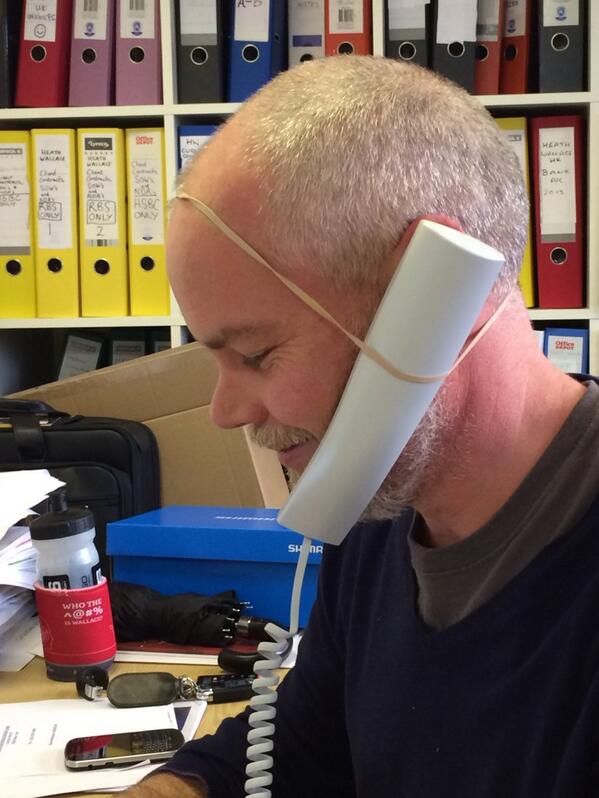I’ve had my eye on wearable technology for over a year, perhaps even two years. Being a user of fitness wearable tech such as jawbone, Nike + etc. has kept me interested and the massive potential it offers to brands and consumers alike. It’s amazing how it has exploded, although not totally unexpected.

A year ago, I asked the question how wearable tech could be integrated in fashion and watched the increase of fitness tech hop on board and grow exponentially. CES this year has reflected that growth. One could ask, ”Is it a fad?”, in fact Cassidy himself has asked this question being a sceptic. One journalist from Mashable cited that all things that get massive media coverage from CES normally die a quick death. But like all the trends that come and go, there is definitely something in wearable tech.
Already as an industry, wearable tech has evolved. Interestingly enough in recent news, we now have something called Smart tech – which is a form of wearable tech but more advanced. Such as in recent news – Google announced smart contact lens that monitors blood-sugar levels. If you could imagine it these days, it can become a reality.
To me it’s simple. The brain is a lazy organ, it is trying to find the line of least resistance in everything that it does, and wearable tech that is integrated, seamlessly, easy to use and useful will be successful. Anything that is complicated, not easy to connect, will just join the long list of failures.
This is a well-known principle in marketing and especially realised in digital marketing. Although funny how many brands don’t follow this simple tenet to encourage customer adoption. It starts at the product, companies will fail if their product does not satisfy the new lazy consumer and no amount of smoke and mirrors will make a difference. I have Yahoo! And Facebook in mind….




